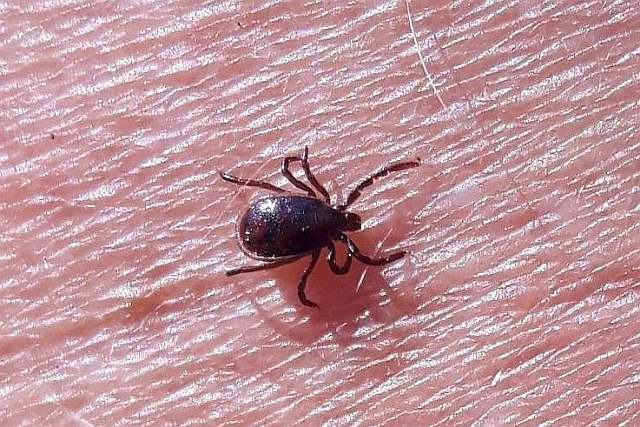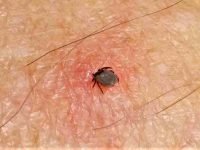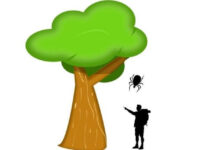If you spend a lot of time outdoors in nature, despite all precautionary measures and good bug repellents, you can still get bitten by a tick. When bitten, it is most important to remove a tick as soon as possible to lower the risk of the transfer of dangerous viruses or bacteria.
How To Remove A Tick From A Person
Ticks do not really bite, they stab their feeding apparatus, the Hypostome into the skin of their victim. With small barbs and a type of adhesive, the small parasite will lock itself into the bite site. To remove a tick from a person you need the right tool and gentle force to actually pull the tick out.
The easiest and safest way to remove a tick is to use special removal tools. These can be pointed tweezers, a special removal card, or a tick twister hook. The choice of tool is secondary, but make sure you get the parasite out as soon as possible.
Grasp the tick with the tweezers as close as possible to the skin and pull it out vertically with a controlled, careful movement. Hold the tool steady and pull evenly in one direction, avoid wiggling back and forth so that the little arachnid does not come apart. Avoid squeezing its body to reduce the risk of transferring more pathogens.
A slightly different technique is used when removing a tick from a person with a card. Here you do not have to actively pull, but remove the parasite in a sliding motion. Simply place the card with the notch as close to the skin as possible, underneath the tick’s mouthparts, and push carefully until the parasite comes out.
What To Do After The Tick Is Out
After you got the tick out, write down the date of the bite and mark the affected skin area with a pen. This makes regular monitoring easier. Keep an eye on the area for about six weeks.
It may be normal for the area around the tiny puncture wound to redden, but that should go away after a few days. If this does not happen or if the redness increases or the bite site becomes inflamed, you should immediately visit your doctor.
In any case, if you experience unusual symptoms after a tick bite, you should also consult your physician.
Sometimes when pulling a tick out, it may happen that parts of the feeding apparatus break off and remain in the wound. But there is no need to panic. The body’s own healing powers ensure that the foreign body is expelled in a couple of days without consequences. Monitor the wound and when an inflammatory reaction occurs to see your doctor.
Search your body for more ticks
Where there is one tick, there may be more. Take a shower and search your body thoroughly if there are any more.
What you should not do under any circumstances
Avoid squeezing the tick’s body. Often pathogens (such as Borrelia) harbor in its intestines. Squizzing or squashing its body could flush them into the wound.
Do NOT burn the tick and do NOT use glue, oil, or nail polish remover on the tick as long as it is still attached to your body. In its agony, the tick may “vomit” its intestinal contents into the wound and the transmission of pathogens is promoted.
How to dispose of a tick
Ticks are really tough little buggers. So to how to dispose of a tick properly is important to make sure it can not do any more damage.
- The most effective method to kill a tick is by fire. Put the parasite into a matchbox or paper bag and burn it
- Drop it and drown it in alcohol or methylated spirit
- Spray permethrin or insecticide onto them
- Don’t flush ticks down the sink or toilet, they can survive underwater for about 30 days
- Simply crushing the tick is not a good idea either, as you may get into contact with pathogens. And if it carries eggs they could be released and spread. So if you have to crush it, avoid touching it. Better is to fold it into a sheet of paper and crush it then, or better burn the lot.
Be sure to see a doctor if flu-like symptoms such as fever, headache, body ache occur one to two weeks after the bite.
Use Repellents to reduce the risk of a tick bite
More about info on the: CDC Fact Sheet



